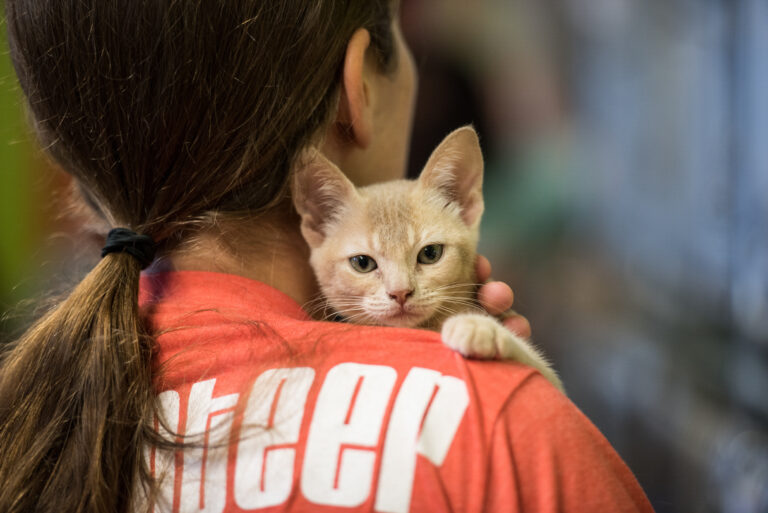Spring may be a season of new beginnings, but for allergy-prone families, it often comes with a dose of sneezing, itchy eyes, and runny noses. If you’re dreaming of adding a cat to your home but worry about allergies, you’re not alone. Many prospective cat owners hesitate, believing they have to give up on feline companionship altogether. The good news? Certain cat breeds are better suited for allergy-prone families, especially if you choose carefully and take a few extra steps to minimize allergens.
Let’s explore the best cat breeds for families with allergies and why spring might just be the perfect time to bring one home.
Table of Contents
Understanding Cat Allergies
Contrary to popular belief, it’s not a cat’s fur that triggers allergies—it’s a protein called Fel d 1, found in their saliva, skin, and dander. When cats groom themselves, this protein spreads to their fur and, eventually, into the environment.
While no cat breed is 100% hypoallergenic, some breeds produce lower levels of Fel d 1 or have coat types that trap less dander, making them more manageable for allergy sufferers.
Top Cat Breeds for Allergy-Prone Families
1. Siberian
Surprisingly, despite their luxurious coats, Siberians are often recommended for allergy sufferers. Research suggests that many Siberians naturally produce lower levels of Fel d 1 compared to other breeds.
Plus, their thick spring-ready coats shed minimally when properly brushed, keeping allergens more contained.
Personality: Affectionate, playful, and gentle—great with children and other pets.
2. Balinese
Often referred to as the “long-haired Siamese,” Balinese cats are known for producing less Fel d 1 protein than most breeds. Their fine, silky coat doesn’t mat easily and requires minimal grooming.
Personality: Intelligent, vocal, and deeply bonded to their families, making them loyal companions for allergy-prone homes.
3. Russian Blue
With their striking silvery-blue coat and emerald eyes, Russian Blues are not only beautiful but also lower Fel d 1 producers. Their dense double coat traps allergens closer to the skin, reducing the amount released into the environment.
Personality: Shy with strangers but deeply loving with their family, these cats are known for their calm, gentle nature.
4. Bengal
Bengal cats have a short, pelt-like coat that doesn’t shed much, meaning less dander floating around your home. While they aren’t necessarily low in Fel d 1 production, their grooming habits and coat type help limit allergen spread.
Personality: High-energy, playful, and adventurous—perfect for active families ready for lots of interaction.
5. Devon Rex and Cornish Rex
Both Devon Rex and Cornish Rex cats have very short, fine coats that require little grooming and produce less shedding. Their limited fur coverage can help minimize allergic reactions for sensitive individuals.
Personality: Mischievous, affectionate, and endlessly entertaining, these breeds thrive on human companionship.
Tips for Managing Cat Allergies in Spring
Even with a lower-allergen breed, managing your environment makes a big difference, especially in spring when other allergens like pollen are high.
- Brush your cat regularly (preferably outside) to remove loose dander.
- Bathe your cat occasionally with vet-recommended shampoos designed to reduce allergens.
- Use HEPA air purifiers in your home to trap allergens.
- Wash bedding and soft furnishings frequently to minimize allergen buildup.
- Create “allergy-free zones” in your home, like keeping the bedroom cat-free.
Consult an allergist about preventive treatments if necessary.
In Conclusion

Choosing the right cat breed can make life with a feline companion much easier for allergy-prone families. While no cat is completely hypoallergenic, breeds like the Siberian, Balinese, Russian Blue, Bengal, and Rex types offer a much better chance of keeping sneezes and sniffles under control.
This spring, if you’re ready to add a new furry member to your family, you don’t have to let allergies hold you back. With the right planning, a little extra cleaning, and a cat-friendly routine, you can enjoy the best of both worlds: blooming flowers outside—and purring, allergy-friendly cuddles inside.







